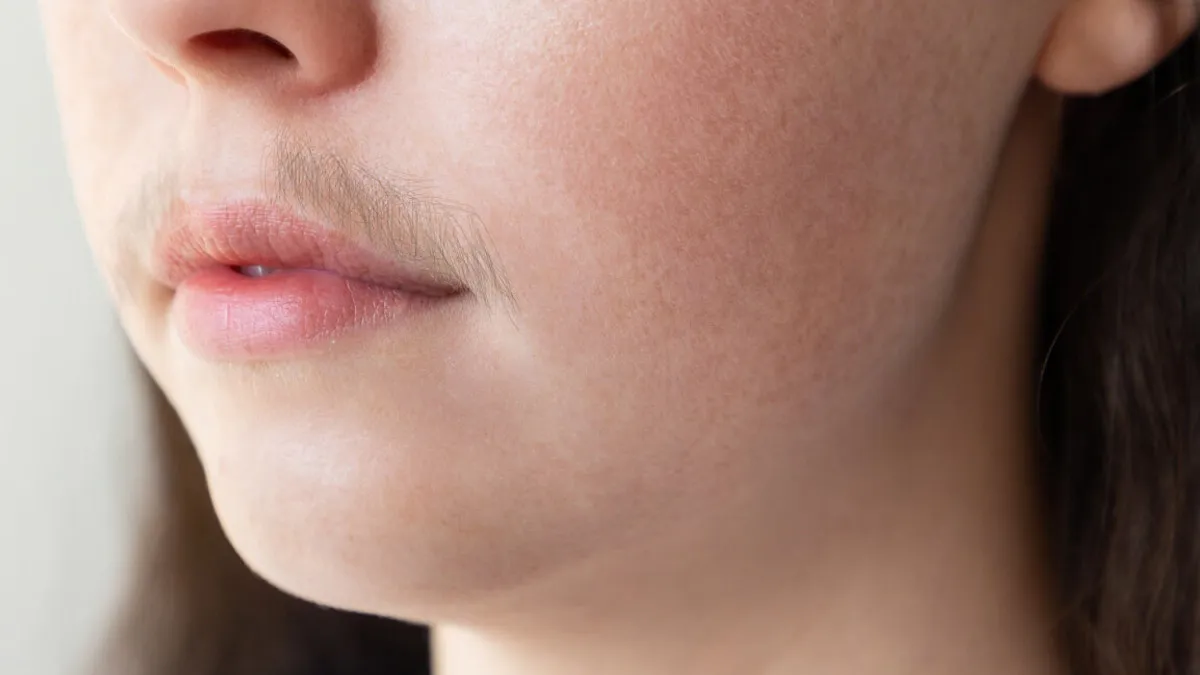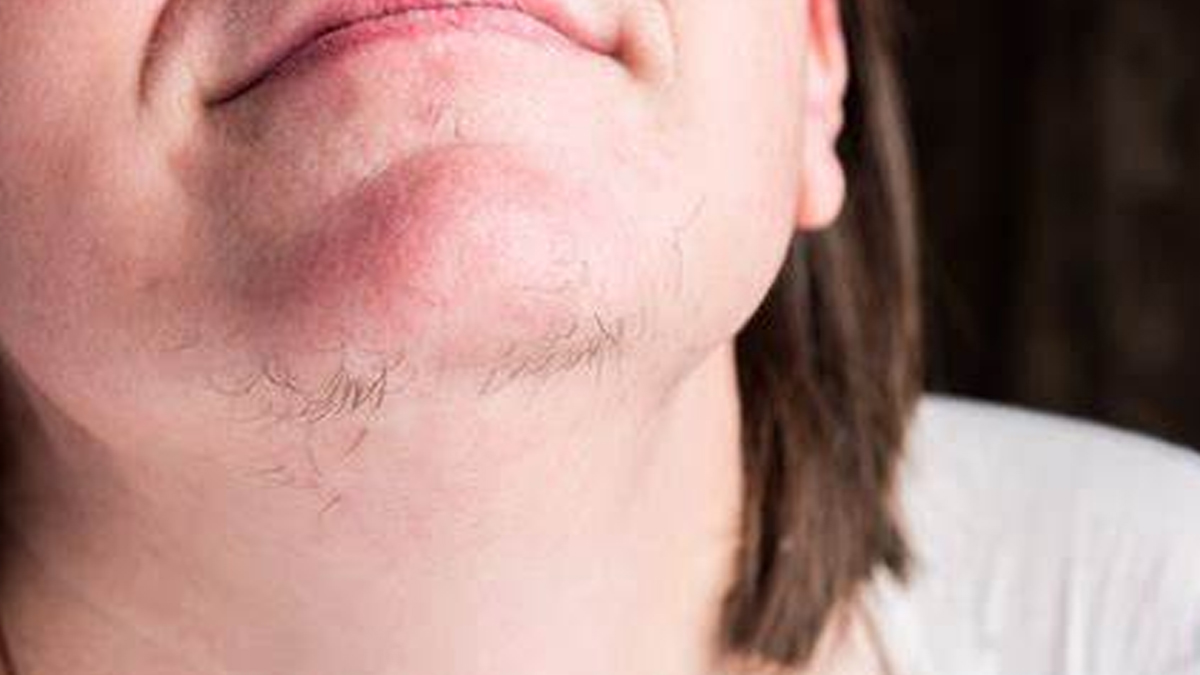
Every woman experiences some degree of hair growth in various areas of her body, including the face, however, our alarm bells start blaring if we catch new strands of hair growing on our face, especially if those strands are localised away from our upper lip.
Table of Content:-
No woman likes unwanted or excessive hair growth. It is also difficult to ascertain if the hair growth is normal or abnormal. To allay your fears, the OnlyMyHealth team spoke to Dr. Rohit Batra, Vice-Chairperson, Dermatology, Sir Ganga Ram Hospital, New Delhi. He listed two primary causes of the same and explained its indicators.
RELATED: Worried About Facial Hair? Home Remedies To Reduce Its Appearance
Types Of Hair Growth In Women

Lanugo
Lanugo hair is long, fine, and very soft, resembling the hair found on a newborn baby. This type of hair typically lacks pigmentation and usually sheds a few weeks after birth.
Vellus
Vellus hair is generally short, soft, and lightly pigmented. These hairs can be found throughout the body, except in areas without hair follicles, such as the mucous membranes, soles of the feet, and palms of the hands.
Terminal
Terminal hairs are the boldest of the three hair types. They are typically thick, coarse, and lengthy, often linked to hormonal influences, and are usually found on the face, armpits, and groin.
Cause 1: Hirsutism
-1737130535431.jpg)
“Excessive hair growth that resembles male patterns in women, occurring on the face, chest, back, and other areas is known as Hirsutism. This condition is generally caused by elevated levels of male hormones, called androgens, in a woman's body,” explains Dr. Batra.
Hirsutism is marked by an excessive presence of coarse, dark hair, particularly evident on the face. The crucial factor to keep an eye on is whether hormone levels are normal, as laser treatment can be a potential solution for managing the condition.
This issue may occur in females with PCOS, those who are overweight, or individuals with a genetic tendency. Women experiencing hirsutism often have terminal hair develop on the face, back, arms, and chest.
Cause 2: Medications
Dr Batra says, “Certain medications that may lead to increased hair growth include steroids, phenytoin, and cyclosporine. The use of minoxidil on the scalp to treat hair loss can also result in hirsutism. The primary hormones involved are androgens, and in women, serum testosterone levels and SHBG are assessed to identify any hormonal imbalances.”
Cause 3: Hypertrichosis

According to Dr Batra, Hypertrichosis is another condition related to unwanted hair growth, which involves abnormal hair development across the body. “It can be present from birth, i.e, it can be congenital. Furthermore, it can be divided into generalised (excessive hair growth covering the entire body), or acquired later in life.
RELATED: Are You Afraid Of Waxing Your Face? Make These 3 Packs At Home To Get Rid Of Facial Hair
What Is The Pathway Towards Diagnosis?
If a woman experiences irregular menstrual cycles, an ultrasound may be conducted to investigate for polycystic ovarian syndrome (PCOS). Upon diagnosing PCOS, medications are recommended to manage this condition, which also aids in controlling excessive hair growth”, our expert explains.
In instances where a woman has hirsutism but does not have PCOS and has regular cycles, additional testing and hormonal evaluations are performed. Should any issues be discovered, oral medications may be provided with the support of an endocrinologist or gynecologist. “While there may be a slight decrease in hair growth, any remaining hair can be effectively managed through laser hair reduction”, says Dr Batra.
Also watch this video
How we keep this article up to date:
We work with experts and keep a close eye on the latest in health and wellness. Whenever there is a new research or helpful information, we update our articles with accurate and useful advice.
Current Version